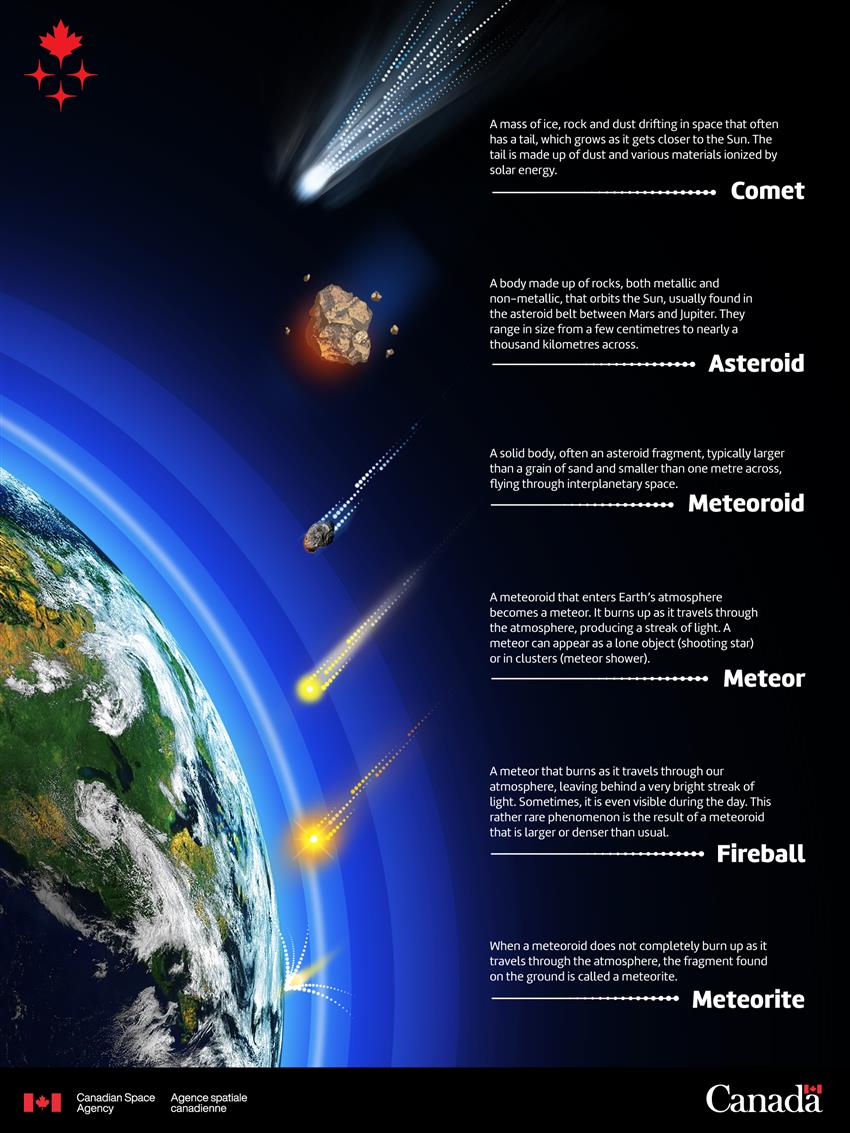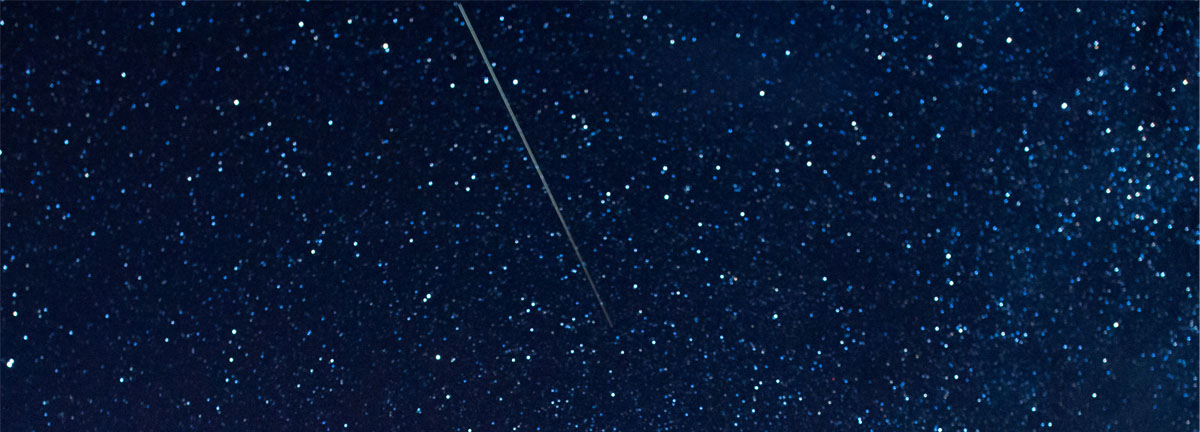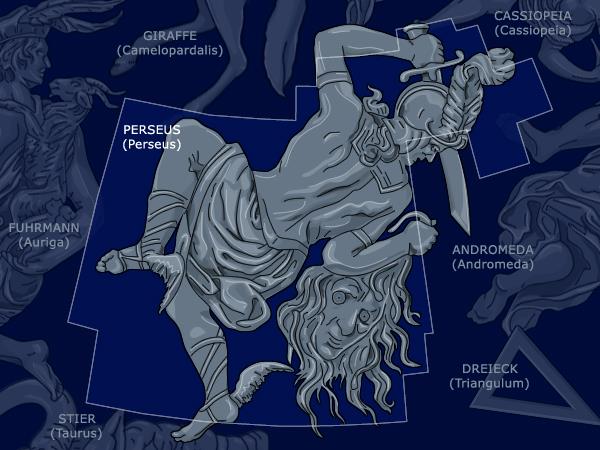Perseids: How to watch the best meteor shower of the year
Heading out to cottage country or camping? Be sure to look for the Perseids, one of the most impressive annual meteor showers of the year!
How to watch the Perseids
The Perseids can be seen from the northern hemisphere each year, from late July to mid-August. This year, an increasing number of shooting stars should be visible every night, until the light show peaks on the night of August 12 and 13.
During the peak, typically in the darkest hours after midnight, up to 50 to 80 meteors per hour can streak across the sky. To be even more specific, look up at the sky between moonset and dawn to see the most meteors of the night.
Have you ever seen the Perseids? We have some advice on how to watch one of the best meteor showers of the year. (Credit: Canadian Space Agency)
To fully enjoy the spectacle, here are a few tips for meteor hunting:
- If possible, head away from city lights, which make it hard to see fainter meteors. To increase your chances of seeing shooting stars, set out in search of dark skies in the countryside.
- If you need to use a flashlight, place a red filter over the bulb (a red balloon will do in a bind). White light is very blinding and may affect your night vision.
- Dress warmly. Even though the Perseids occur in the summertime, it is still a good idea to bring warm (even winter) clothes. August nights can be very chilly.
- Sit back and relax on a reclining chair or lie down on a blanket. Not only is it much more comfortable to observe the stars lying down, but you'll also see more that way.
- Pack a thermos of hot chocolate or coffee—it will come in handy if you start to drift off or get a little chilly!
- Be patient. It might take a while before you see your first shooting star. Don't be quick to give up... It's worth the wait!
You can find more tips on sky observation in the section getting started in astronomy.
What causes the Perseids
Comet 109P/Swift–Tuttle causes this remarkable phenomenon. It orbits the sun, leaving a trail of dust and gravel in its path. Every summer, the Earth crosses the comet's orbital path and passes through its trail of debris. That debris becomes meteors as it disintegrates in our atmosphere and generates impressive flashes of light!
This image explains the difference between a comet, a meteor, a meteorite and a fireball.

Text version - Comet, meteor or meteorite? Illustration
Comet, meteor or meteorite? Illustration providing an overview of the characteristics of comets, asteroids, meteoroids, meteors, fireballs and meteorites. (Credit: Canadian Space Agency)
Perseus: The legend behind the stars
The Perseids take their name from the constellation Perseus because they appear to fall right from it. Right before dawn, when we see the most meteors, Perseus is at its highest point in the sky. The constellation was catalogued by the Greek astronomer Ptolemy and named after the Greek mythological hero Perseus.
According to the legend, Perseus's most famous feat was defeating Medusa, the Gorgon sister with snakes instead of hair. Medusa would turn anyone who gazed at her into stone, and Perseus defeated her by using a reflective shield to turn her power against her. That is why Perseus is often represented holding her head. The star Algol, or demon star, in the constellation Perseus actually represents Medusa's head.
According to the myth, Perseus also married the princess Andromeda. They forever rest next to each other in the sky, as two constellations. You can find them in the sky close to the constellation Cassiopeia, Andromeda's mother in the myth, a fairly easy constellation to find because of its W shape.


